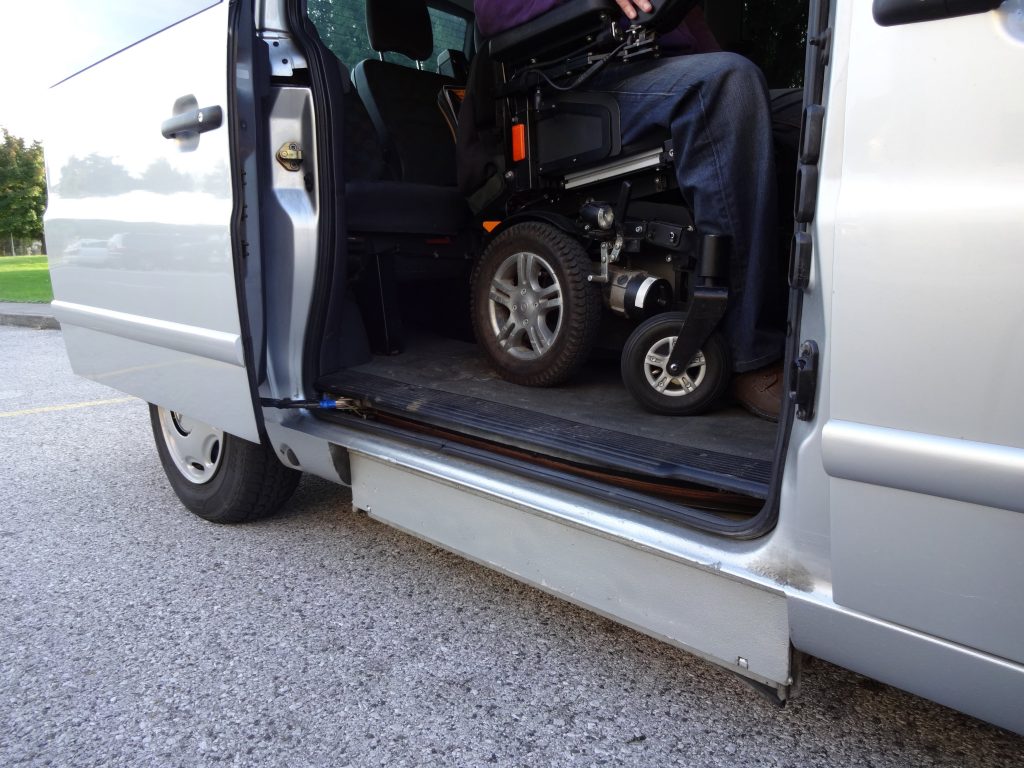Tips and advice for applying for a blue badge
If you have a disability, medical condition, or other issue that affects your mobility, you may be entitled to a blue badge.
The blue badge scheme is aimed at people with severe mobility problems. A blue badge allows the holder to park as close as possible to their destination, minimising the distance between your vehicle and where you want to go.
How do I qualify?
Some people will automatically qualify for a blue badge. You could automatically qualify if;
- You are registered blind
- You receive the higher rate of the mobility component of the Disability Living Allowance (DLA)
- You receive PIP (Personal Independence Payment) and got a score of 8 or more in the ‘moving around’ part of the assessment, meaning you were unable to walk more than 50 metres. (If you’re not sure what your score was, check your letter)
- You receive PIP (Personal Independence Payment) and got a score of 10 or more in the ‘planning and following journeys’ part of the assessment, meaning a mental health issue makes it difficult for you to leave home
- You receive the War Pensioners’ Mobility Supplement
- You have previously received a lump sum payment from the Armed Forces Compensation Scheme

If you don’t automatically qualify, you may still be eligible to receive a blue badge if;
- You have a severe or permanent disability or condition that greatly affects your mobility
- You’re unable to use your arms
- You have problems with walking that are permanent, or that your doctor has said are likely to last a year or more. This is no longer limited to physical issues, but now includes problems caused by stress, anxiety or other mental health issues
There are additional qualifying factors for blue badges. If you believe you should qualify for a blue badge for a reason not listed above, more information can be found on the GOV.UK website, or through your local council.
What is the application process?
You can apply online through GOV.UK, or on paper through the post by obtaining a form from your local authority.
You’ll be required to submit supporting documents with your application. This includes;
- Your National Insurance number
- Your driving licence, if you have one
- Your original decision letter from the Department of Work and Pensions, if you are automatically eligible to receive a badge
- Proof of identification e.g. a birth or marriage certificate, a driving licence, a passport or an ID card
- Proof of your address e.g. a letter from your bank or a utility bill
- A photograph of yourself
Obtain copies of these documents and send them with your application.
If you’re not automatically eligible, you will be required to fill out a section on the application form explaining why you need a blue badge. In this section, you should;
- Explain your condition in as much detail as possible
- Describe how your condition affects your daily life and your mobility
- Try to estimate how far you can travel without assistance, how long it takes you to travel this distance and how travelling this distance without assistance makes you feel e.g. if it causes you pain or makes you feel out of breath or dizzy
- You should also include any supporting medical evidence of your condition e.g. a note from your doctor

What’s next?
After submitting your application, you should expect a response within six to eight weeks, but it can sometimes take longer, depending on the local authority covering the area you live in. Your local council should be able to advise on how long the process will take.
Your application will either be approved, rejected, or you’ll be asked to provide further information. Your extra information could be;
- You may be asked to do a mobility assessment. This involves a health professional carrying out an assessment of your mobility by completing a range of mobility exercises. They will then tell your local council whether they think your condition limits your mobility enough to need a badge, based on the assessment.
- You may also be asked to speak to a member of your local council.
What should I do if my application is rejected?
If your application is refused, you can appeal this decision however, there is no formal appeals process. If you wish to dispute a decision, you can write to your local council, who will deal with the matter internally.
To find out more, you can visit the Citizens Advice website.


